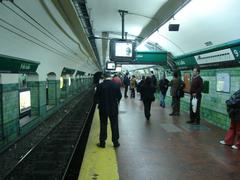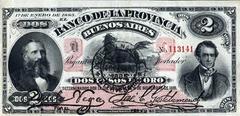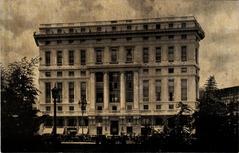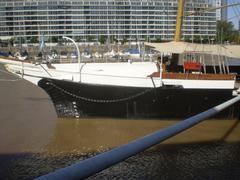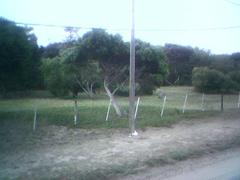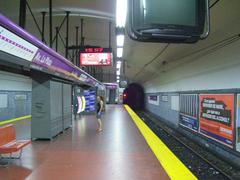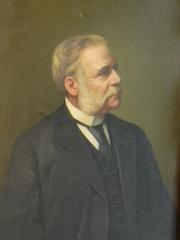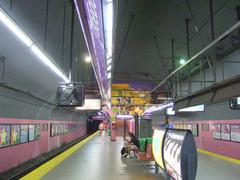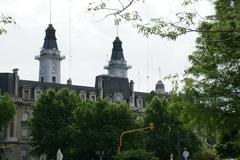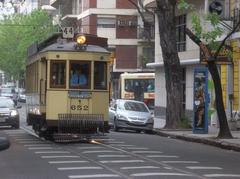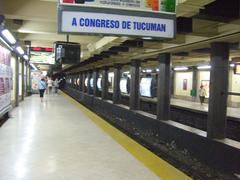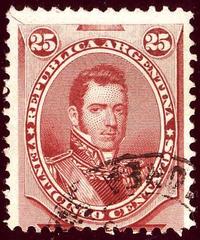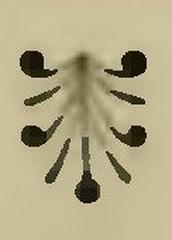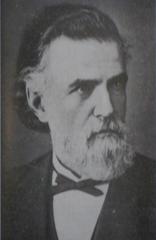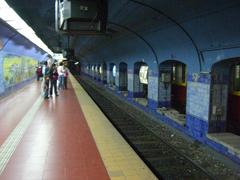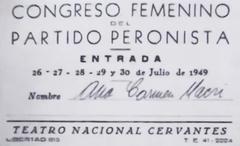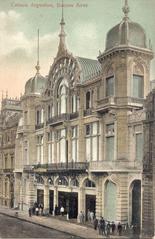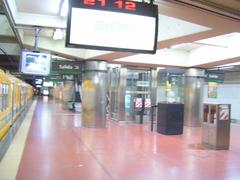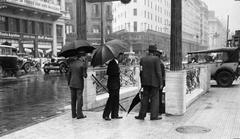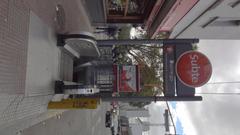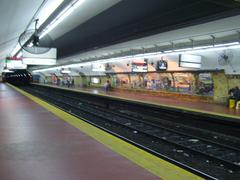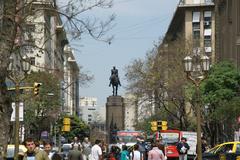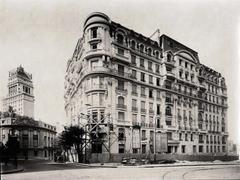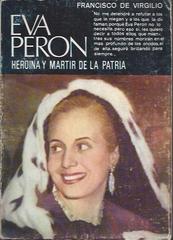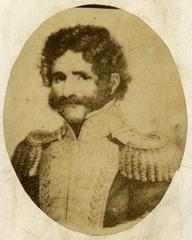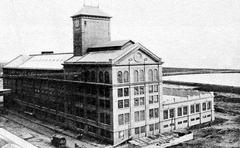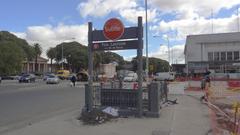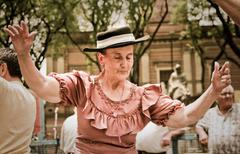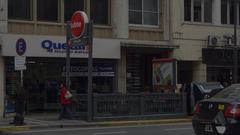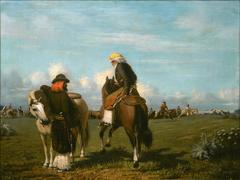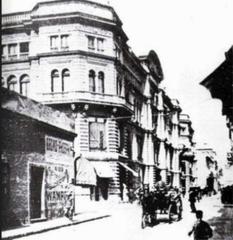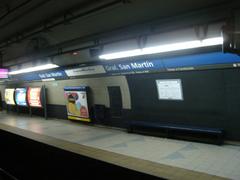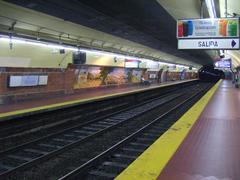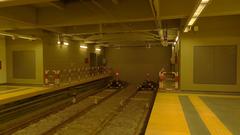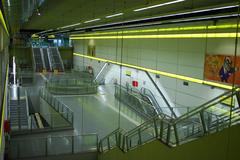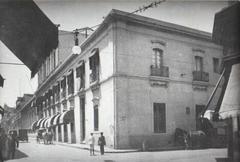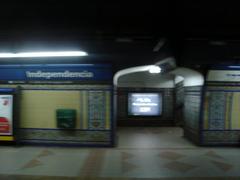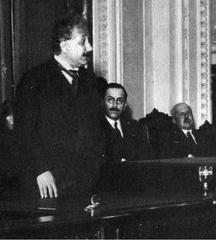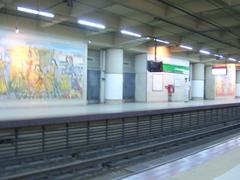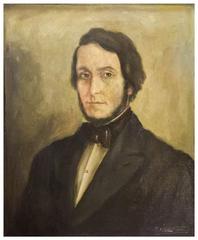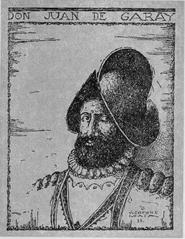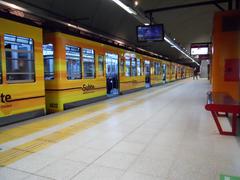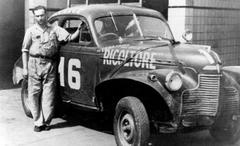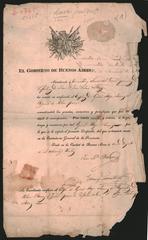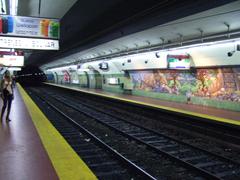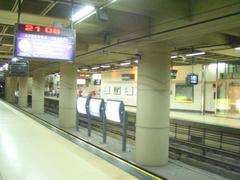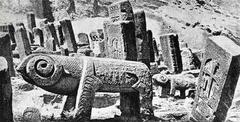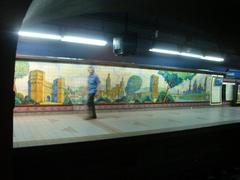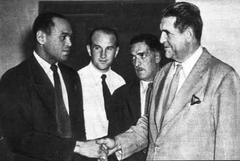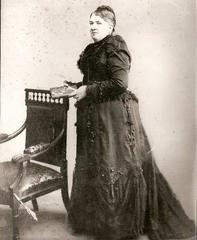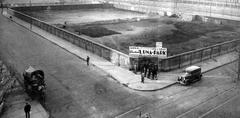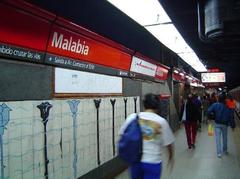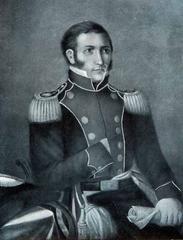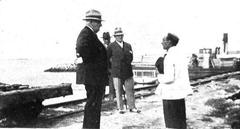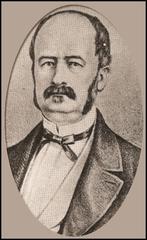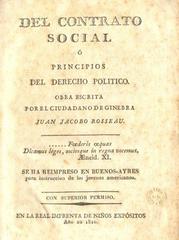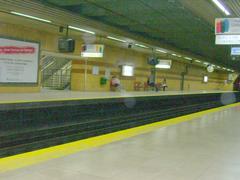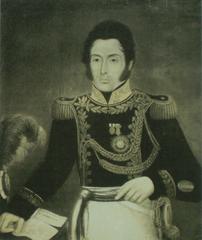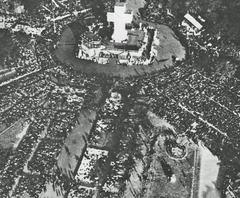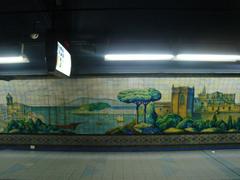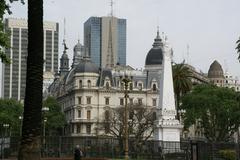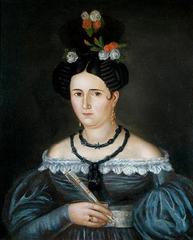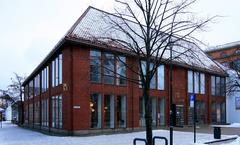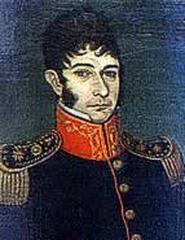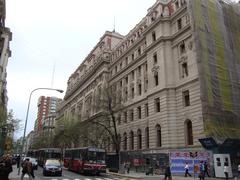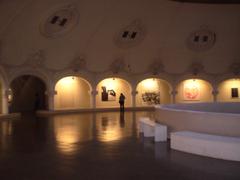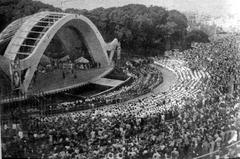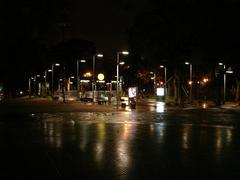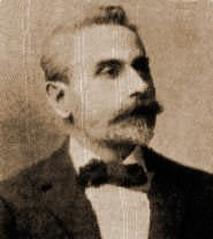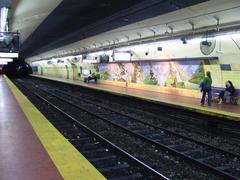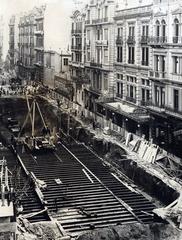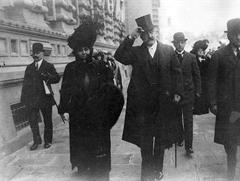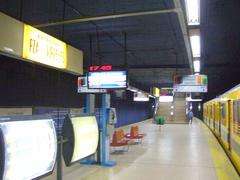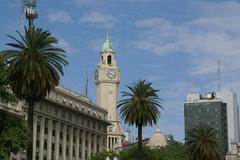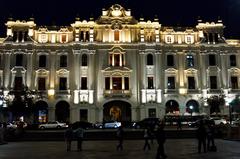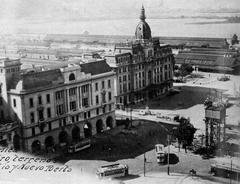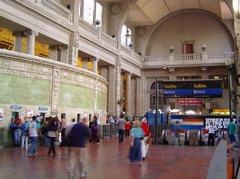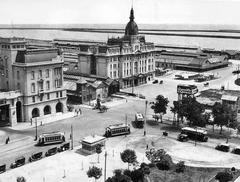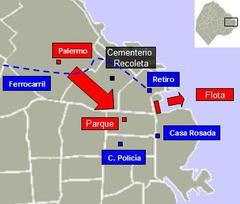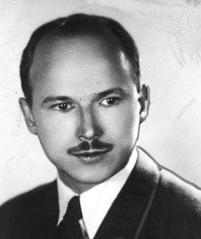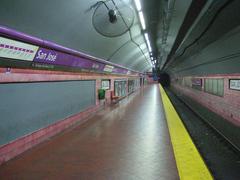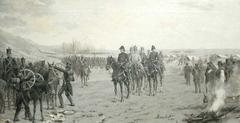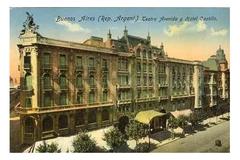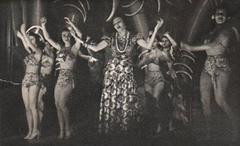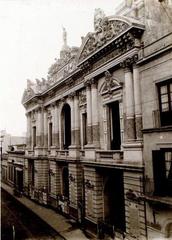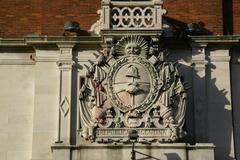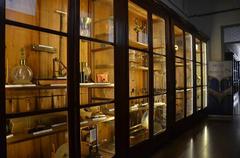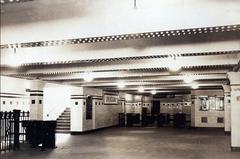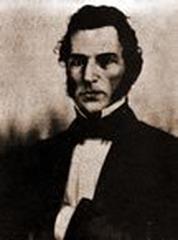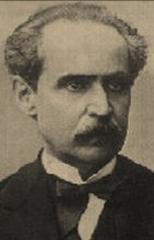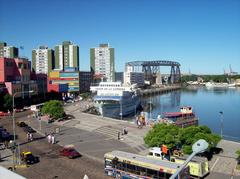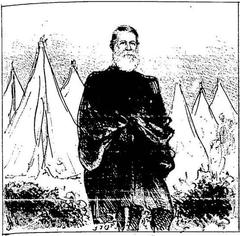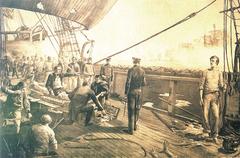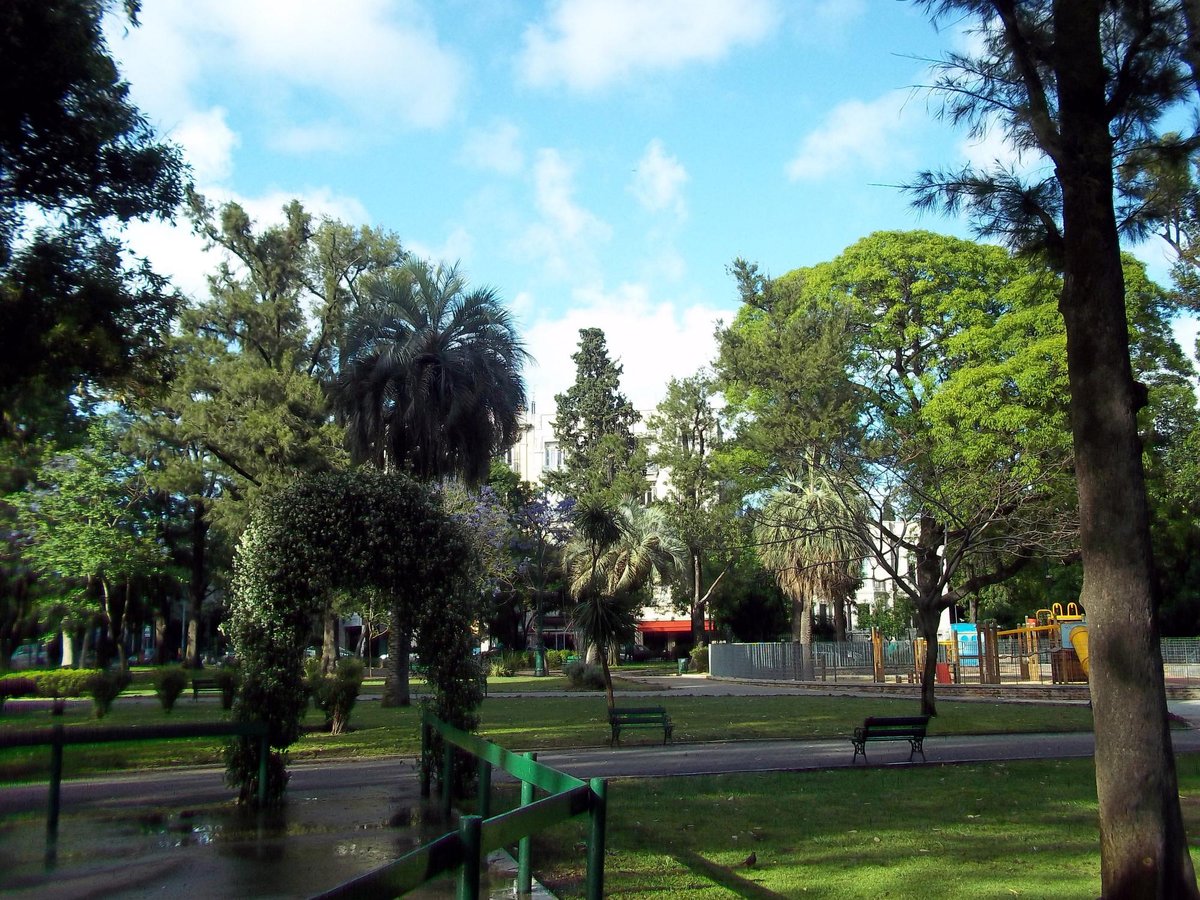
Plaza Castelli Visiting Hours, Tickets, and Historical Significance
Published Date: 18/07/2024
Introduction to Plaza Castelli
Nestled within the upscale Recoleta neighborhood of Buenos Aires, Plaza Castelli is a lesser-known but highly significant square that offers visitors a unique blend of history, culture, and relaxation. Originally established in the late 19th century and known as Plaza Julio, this charming plaza became a central gathering place for the city’s elite, who were drawn to Recoleta for its higher ground and clean air, a respite from the yellow fever outbreaks in the city center. Over the years, Plaza Castelli has evolved from a humble suburban square to a vibrant cultural hub, reflecting the transformation of Recoleta itself. Renamed in 1909 in honor of Juan José Castelli, a key figure in Argentina’s independence movement, the plaza serves as a living monument to the nation’s past and its enduring spirit (source). Whether you’re a history aficionado, a culture enthusiast, or simply in search of a peaceful spot to unwind, Plaza Castelli has something to offer everyone.
Table of Contents
- Introduction
- Early Years - From Humble Beginnings to a Gathering Place
- A Change in Name, a Tribute to a Visionary
- A Cultural Hub - From Tango to Open-Air Markets
- Visiting Hours and Tickets
- Travel Tips
- Special Events and Guided Tours
- Plaza Castelli Today - A Tranquil Oasis in a Bustling City
- FAQ
- Conclusion
Early Years - From Humble Beginnings to a Gathering Place
The history of Plaza Castelli dates back to the late 19th century, a period of significant growth and transformation for Buenos Aires. In 1881, the city’s elite began to gravitate towards Recoleta, drawn by its higher ground and fresh air, a welcome escape from the yellow fever outbreaks plaguing the city center.
Originally known as Plaza Julio, the square was a central point in this burgeoning neighborhood. Its location, adjacent to the Basílica Nuestra Señora del Pilar and the Recoleta Cemetery, two significant landmarks, further cemented its importance in the social fabric of Recoleta.
A Change in Name, a Tribute to a Visionary
In 1909, the plaza underwent a name change, becoming Plaza Castelli. This was a tribute to Juan José Castelli, a prominent lawyer and politician who played a pivotal role in Argentina’s independence movement. A key figure in the May Revolution of 1810, Castelli served as a representative to the Primera Junta, the first national government of the newly independent nation.
The renaming of the plaza was not merely symbolic. It reflected a growing sense of national identity and a desire to honor the heroes of Argentina’s past. Plaza Castelli, therefore, became a tangible link to the country’s struggle for independence and a reminder of the ideals for which Castelli and his contemporaries fought.
A Cultural Hub - From Tango to Open-Air Markets
Throughout the 20th century, Plaza Castelli continued to evolve as a vibrant public space. It became a popular gathering spot for residents and visitors alike, drawn by its tranquil atmosphere and the cultural activities it hosted.
Tango, an integral part of Argentine culture, found a home in Plaza Castelli. The square became a stage for impromptu tango performances, with dancers showcasing their skills to the rhythm of the bandoneon. These informal gatherings contributed to the neighborhood’s reputation as a center for tango culture.
Adding to its cultural appeal, Plaza Castelli also became known for its charming open-air markets. Artisans and vendors would set up stalls, offering a diverse array of goods, from handmade crafts and antiques to local produce and delicacies. These markets, held regularly, provided a platform for local artists and entrepreneurs while adding to the lively ambiance of the plaza.
Visiting Hours and Tickets
Plaza Castelli is open to the public 24 hours a day, seven days a week. There is no entry fee, making it an accessible destination for everyone. Visitors can enjoy a leisurely stroll, relax on one of the many benches, or explore the historical monuments at their own pace.
Travel Tips
- Best Time to Visit: Early mornings or late afternoons are ideal for visiting Plaza Castelli, as the weather is pleasant and the plaza is less crowded.
- Accessibility: The plaza is wheelchair accessible, with paved pathways and ramps.
- Nearby Attractions: Don’t miss the Basílica Nuestra Señora del Pilar and the Recoleta Cemetery, both located within walking distance.
- Photography Spots: Capture stunning photos of the lush greenery, the monument to Juan José Castelli, and the historic surroundings.
Special Events and Guided Tours
While the tango performances and open-air markets may no longer be regular fixtures, Plaza Castelli continues to host cultural events and gatherings. From art exhibitions and book fairs to live music performances and community celebrations, the plaza remains a vibrant hub for cultural expression. Guided tours are available through local tour operators, offering insightful narratives about the plaza’s history and significance.
Plaza Castelli Today - A Tranquil Oasis in a Bustling City
Today, Plaza Castelli retains its charm as a peaceful oasis amidst the bustling city. The square, adorned with lush greenery, mature trees providing ample shade, and benches inviting visitors to pause and soak in the atmosphere, offers a welcome respite from the urban hustle and bustle.
The plaza’s historical significance is not lost on its present-day visitors. The monument to Juan José Castelli, erected in his honor, stands as a testament to his legacy and serves as a reminder of the plaza’s connection to Argentina’s fight for independence.
FAQ
1. What are the visiting hours for Plaza Castelli?
- Plaza Castelli is open 24 hours a day, seven days a week.
2. Is there an entry fee for Plaza Castelli?
- No, there is no entry fee to visit Plaza Castelli.
3. Are there any guided tours available?
- Yes, guided tours are available through local tour operators.
4. What are some nearby attractions?
- Nearby attractions include the Basílica Nuestra Señora del Pilar and the Recoleta Cemetery.
Conclusion
Plaza Castelli is more than just a green space; it embodies the spirit of Recoleta and Buenos Aires. It is a place where history, culture, and community converge, offering visitors a glimpse into the city’s rich past and vibrant present. Whether seeking a moment of tranquility amidst the urban sprawl, a deeper understanding of Argentine history, or simply a chance to connect with the local community, Plaza Castelli offers a unique and enriching experience.
Visit and Stay Up to Date
For the latest updates on events and activities at Plaza Castelli, follow us on social media or visit our official website. Don’t forget to check out our related articles and download our mobile app for a comprehensive guide to Buenos Aires’ historical sites.
References and Further Reading
- Plaza Castelli - History, Visiting Hours, and Cultural Significance in Buenos Aires, 2024, Author source

